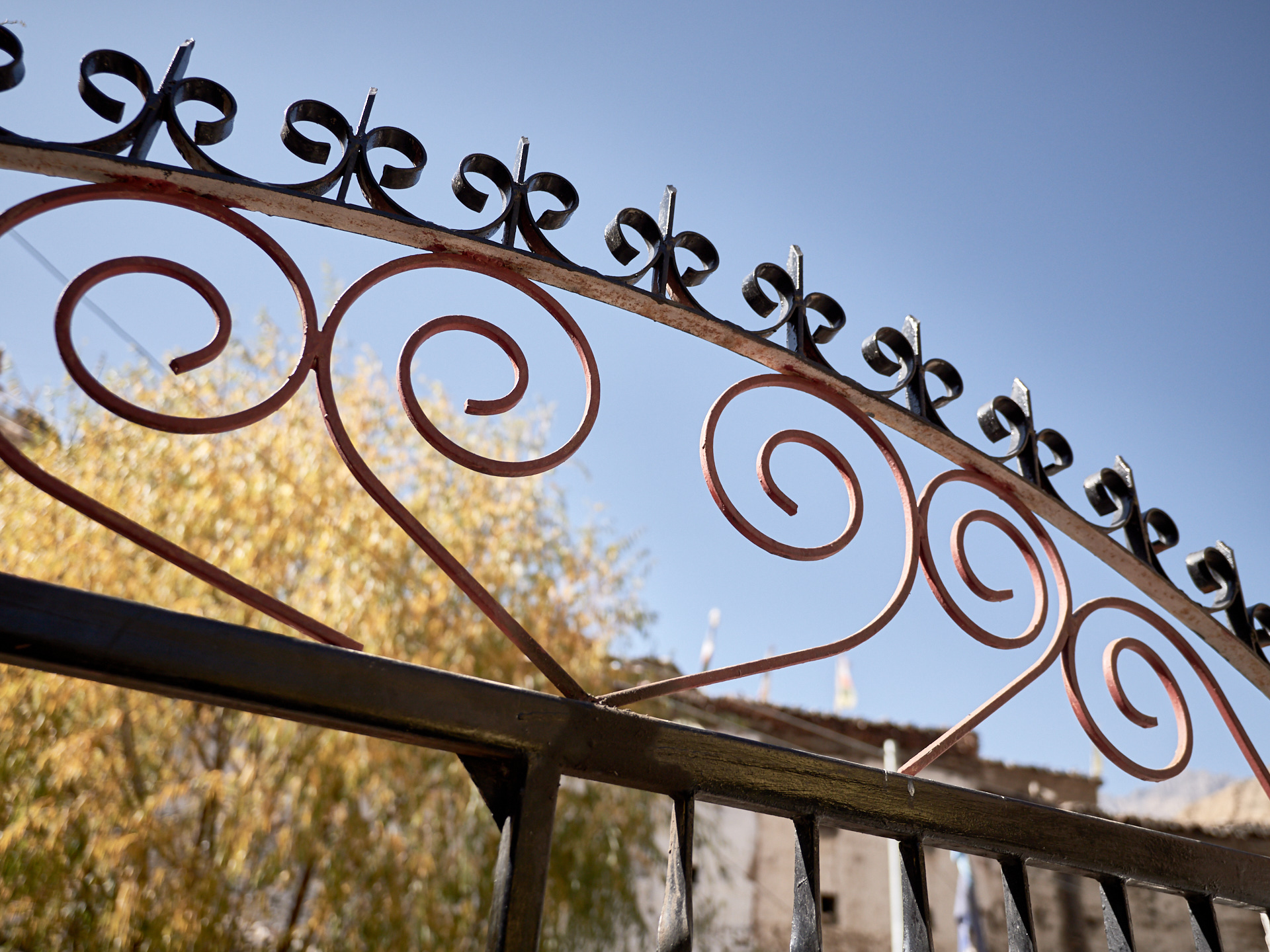November 29, 2022
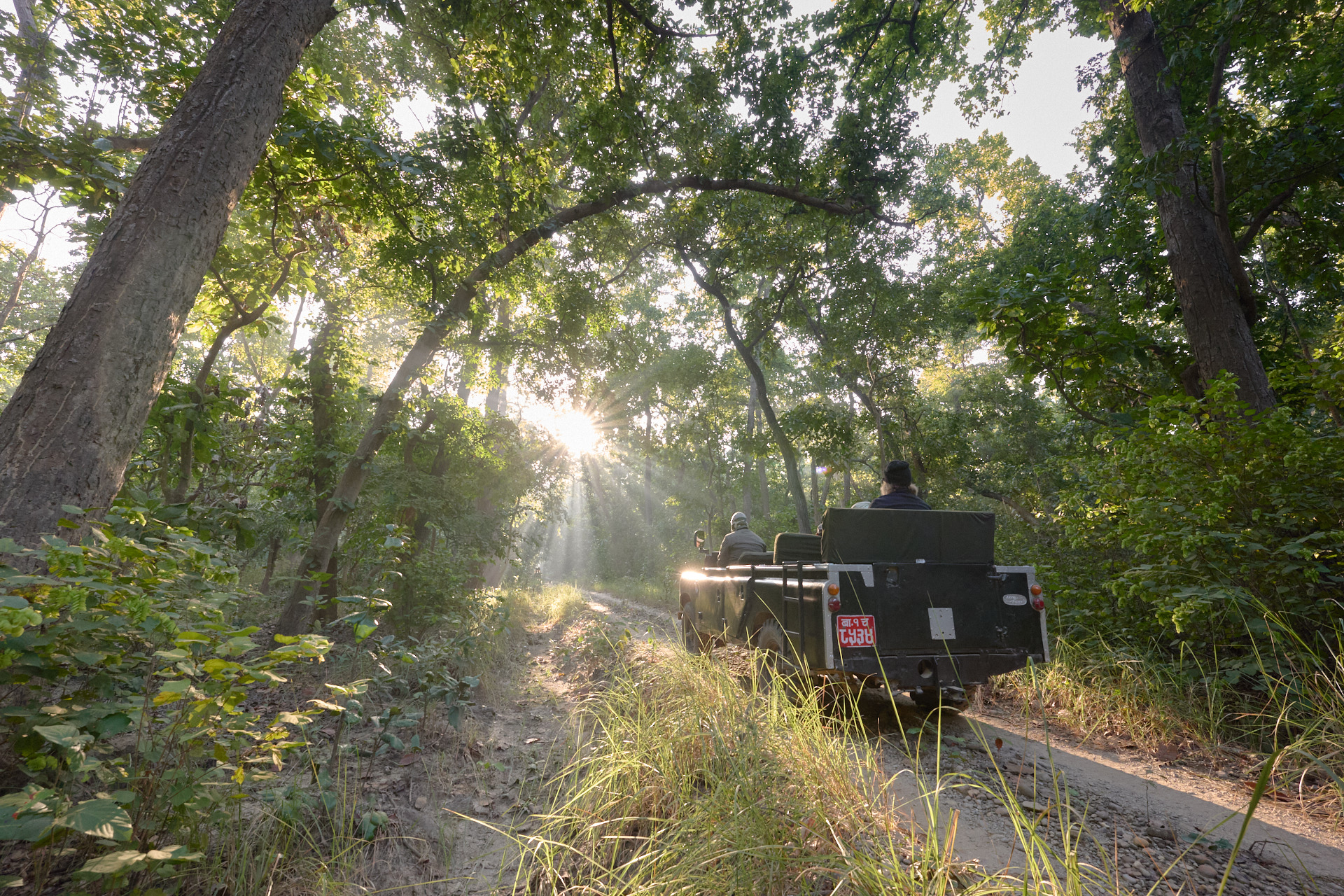
Only Footprints
I need to declare from the beginning that this is not a story of success. We didn’t get to see the tigers. It wasn’t for lack of effort though, that much must be said. Luck was not on our side. We meet several people who did see the tigers, albeit fleetingly. Just don’t be looking for that most obvious happy ending to this story. Many people visit Bardiya and do not see tigers in the wild.
We recommend Bardiya as a jungle experience in Nepal, with a chance of seeing tigers. If you take time to enjoy the forests and rivers, to soak up the flora and habitats, then a trip to the far west of Nepal for a little pampering can be a great add-on to your experience in the Himalayas.
The airport of Nepalgunj is the gateway to Bardiya for most travellers. Instead of an 18 hour drive it’s a 45min flight. On arrival our guide Krishna is waiting to greet us. He’s very generous with the smiles and, as we shall learn in the coming days, a very positive person when it comes to seeking out the shy tigers. It’s a 2 hour drive from airport to the Tiger Tops lodge, with a stop en route to observe some very large crocodiles. Tiger Tops is moulded in the style of classic African safari lodges, with an impressive central dining hall and locally inspired mud and thatch construction. It’s very comfortable but holds onto the colonial feel – for better or worse.
We take to the forest in ageing Land Rovers, the topless variety that require a deft touch on the gears. We have a driver for each vehicle in addition to the wildlife guide. In the cool of a November morning a blanket and water bottle are welcome additions. It takes about 30 minutes to get inside the park after leaving the lodge. Over a decade ago the Nepal government started winding up commercial leases inside the parks, and you can no longer wake up with tiger footprints outside your tent.
Listening to the Forest
Our wildlife guide, Krishna, doesn’t look for tigers – he listens for them. We stop at a junction in the trails, where he can look in several directions, and turns off the Jeep engine. Tigers often prefer the ease of walking down jeep trails if they think there’s no traffic about. We go silent and wait for the sound of rustling in the grass or a signal from the forest. An alarm call from birds or monkeys for example. Everywhere the tigers go, a chorus of wild alerts go out across the landscape.
The forest itself is full of voice too. Dew drops from condensation overnight patters through the broadleaf. It sounds like rainfall, but is merely the trees shedding themselves of droplets. It masks all other noises, from bird song to monkey howls, like a blanket. Mist fills the jungle. Sunlight streams in and makes shafts of gold. It’s just like in the movies, only it’s real.
I wonder what do the tigers hear as we drive along these clay trails in our ageing Landover? Do they rise from a slumber annoyed at the intrusion? Do they imagine a strange kind of elephant or rhino? Are they curious about us, or more concerned about finding a snack for breakfast?
We park at another junction, switch off the engine again and wait in silence. Someone in the jeep starts rustling through their pockets, unzipping a jacket and failing to suppress a tickle in the throat. Humans cannot help but make noise, and our guide Krishna gives us a look of disappointment. We’re still learning to behave like good wildlife spotters.
A bird flutters in the canopy and suddenly we realise the trees are full of birds. Orioles, babblers, drongos and woodpeckers consume our attention for the next quarter of an hour. Over the coming days we see a lot of birds out on safari. Chats and bulbuls amongst the elephant rush, parrots and lorikeets in the forests. Martins nesting in the sandy river banks, and kingfishers lurking about the waterways.
Walk Softly
By the second day of safaris our guide is getting nervous that we still haven’t seen a tiger. His new plan is to walk straight into the lair of a female tigresses. We park the jeep in the forest and walk a short ways to the river bank for tea and biscuits. From high on the bank the footprints of tigers and their cubs are evident. Elephant and rhino too. It’s a beautiful scene, but still just footprints and not the actual mammals.
Krishna warns us about the tiger we’re about to stalk. “If she changes, do not run!” We have to stay as a group, closely together. Each of our guides are armed with nothing more than big sticks, which seems inadequate to a couple of our companions. We walk single file through the grass, then the forest, more grass and more river beds. We come across clear evidence of the tigers and their habitation. Tall grass flattened to make a “sunbed” is the first clue, then the remains of tiger snacks. A male deer, an assortment of bones, and a pile of feathers. Two days before Krishna had not only seen the female tiger here, but been withstood a warning charge from her.
We move onwards to the edge of the tall grass, where the forest meets the river once again. Krishna is trying to listen for clues. Monkeys are making a scene nearby, and we hide behind the trees. Krishna says, “if the tiger sees us she won’t come out.”
The tiger did not come out.
We’re not even half way through our stay in Bardiya but there’s a sense of disappointment on the rise. It’s not easy finding the shy tigers in a large and densely grown jungle, and so far they have proved themselves to be smarter than us. We head back for lunch at the camp and to make plans for the afternoon safari.
We change things up a little by going rafting instead of driving. Otters, kingfishers and lapwings dominate the experience. It’s a great perspective on the park, although by the end of November the water levels in the smaller rivers can get a little shadow for a full boat. We didn’t observe much action on land, but enjoyed a calm and engine free journey for the afternoon and the company of one particularly photogenic kingfisher. It proves a very relaxing anti-dote to driving about in the jeeps.
November to March
The winter light is great. The sun stays low right through the morning and fills the forest with an angle of light that accentuates the early mist. It feels like a jungle. The various shades of green range from vibrant to rich. All that’s missing is a flash of orange and black prowling through the leaves.
Tigers are most active at night and most sleepy during the day. That, combined with their general distrust of humans, means you’re up against it before you even start. We drive past a lot of very tall grass and the reality is there could be a tiger just a few feet away from the road, and we’d never ever know it. It’s just too easy to hide in the middle day, even while taking a cat nap.
There’s a lot of emphasis on tiger tracks. Fresh tracks. Where the tracks print over the top of jeep tracks or dew drops we have reason for excitement. Imprints on muddy river banks are easier to find but they could be days or even weeks old. Knowing where a tiger has been is not nearly as useful as knowing where it’s going.
At certain times of year the forest gets very dry and that means both tigers and their prey are pushed closer to the remaining few water sources. Solar powered pumps ensure a handful of water holes remain viable through the seasons, which offers an extra bonus for guides in search of wildlife. This is why March is such a popular time to visit, not withstanding the searing temperatures in this part of Nepal. November stays below 28 degrees in the daytime, but March can exceed 40 degrees on a hot day. Definitely not recommended for snow leopards.
In a way our tiger spotting is a kind of harassment. We drive along tracks through dense forest trying to peek into their world. They like the roads, it’s easier travelling for them. They don’t like us however, and head into the thick when we turn up. For hours we encircle specific locations in the hopes of intruding on their company.
The tigers are far more adjusted to humans in Bardiya than elsewhere. Generations have been born without the fear of hunters. At certain times of year the tigers are more likely to risk us humans. November thru to March for example, when the seasons influence their behaviour. Scarce water leads to the congregation of both tigers and their prey.
It’s worth nothing that this year, 2022, the monsoon were very very late. It’s been the wettest of wet seasons for a long time and the rains contributed to record cases of Dengue fever in Kathmandu. Here in Bardiya the late monsoons manifest by extra water sources around the park, even at the very end of November. One more factor making Krishna’s job a little tougher this trip.
Big Day Out
On our third day in the park we opt for the full day adventure, starting at 6:45am and finishing around 6pm. We take a pack lunch and a few treats, to be enjoyed overlooking the Girwa River watching the dolphins and otters. In the heat of the afternoon, with a full belly and the gentle rocking of the jeep, we’re sleepy and now than a little exhausted. We have the luxury of closing our eyes for a few seconds while our guide continues the search for tigers. He and the driver don’t get much rest. At lunch they prepare some iced tea while we relax and photograph a lizard.
By 3pm we’ve already been on the go for 9 hours, and there’s a few more to come. For three days we’ve on edge, ready to pounce on a frenzy of photos. Three days of anticipation. Three days of parking at junctions. Three days of shooting woodpeckers instead of tigers. Three days of being very very patient. Now time is running out.
Krishna is crestfallen. He tells me only once this year has he been on safari for three days and missed out on the tigers. I can see how hard he’s working and how much he wants this. The tigers just aren’t playing nice however. We do get lots of encounters with Spotted Deer, Barking Deer, Swamp Deer, Sambar and even some wild boar. The forests are alive with creatures big and small. So much emphasis on looking for the tigers, without success, means less time dedicated to other creatures. The Birdlife is spectacular plus there are elephants and rhino of your have the time to seek them out.
By the third day of safari you definitely start tuning into the subtle variations of the landscape. How thick the trees are, how thick the shrubs are, guess thick the grasses are and how each of these work together to provide degrees of safety for the deer versus opportunity for the tigers. Some cats like the tall grass in the sunshine, others prefer leafy shrubs under a canopy of tall trees. Their personalities differ with the habitat.
Wide Open Spaces
We give the tigers one last chance to say hello on the morning of our departure, but they reject our overtures. After lunch we head back to the airport and one more glimpse of the Tharu villages along the way.
The drive itself reveals a lowlands panorama that changes by the mile. Goat herds wander empty paddocks while their herder rests in the shade. Women gather under a massive tree near the lake. Haystacks and mud houses pepper the fields. The afternoon sun is growing long, softened by the haze, and it’s the hour for heading homewards with your water buffalo. Some are pulling carts, some are being pulled by children.
Banana palms line one side of the road, and the Bardiya National Park lines the other. Tuk tuks and bicycles share the road with trucks and our little bus. This part of Nepal is home to the Tharu people. They have rich dark skin, generous smiles and a stunning sense of style. We’re just a stone’s throw from the Indian border and it feels like a world away from Sagarmatha (Everest Region) where only a week ago we were standing opposite the highest mountain on the planet.
We stop at the checkpoint to have our credentials examined once again. On one side of the bus are are kites and eagles, plus bulbul and shrike to the other. They fill the afternoon with song.
There’s a beauty to life in the lowlands that goes beyond mere contrast to the Himalayas. The scenes rolling past our bus evoke reminiscence of travels in Myanmar, Cambodia, and India. The beauty of the mud and timber dwellings. Ferrying feed home on bicycles. Paddy fields laying dormant after harvest. A gentle pace rests over the landscape, broken only by our tour schedule.
– Ewen






































Quirky hotel rooms are part of the bargain in Bhutan. As hotel owners strive to make their accommodation more appealing to travellers they often get a little carried away, sometimes in the wrong direction.
Read More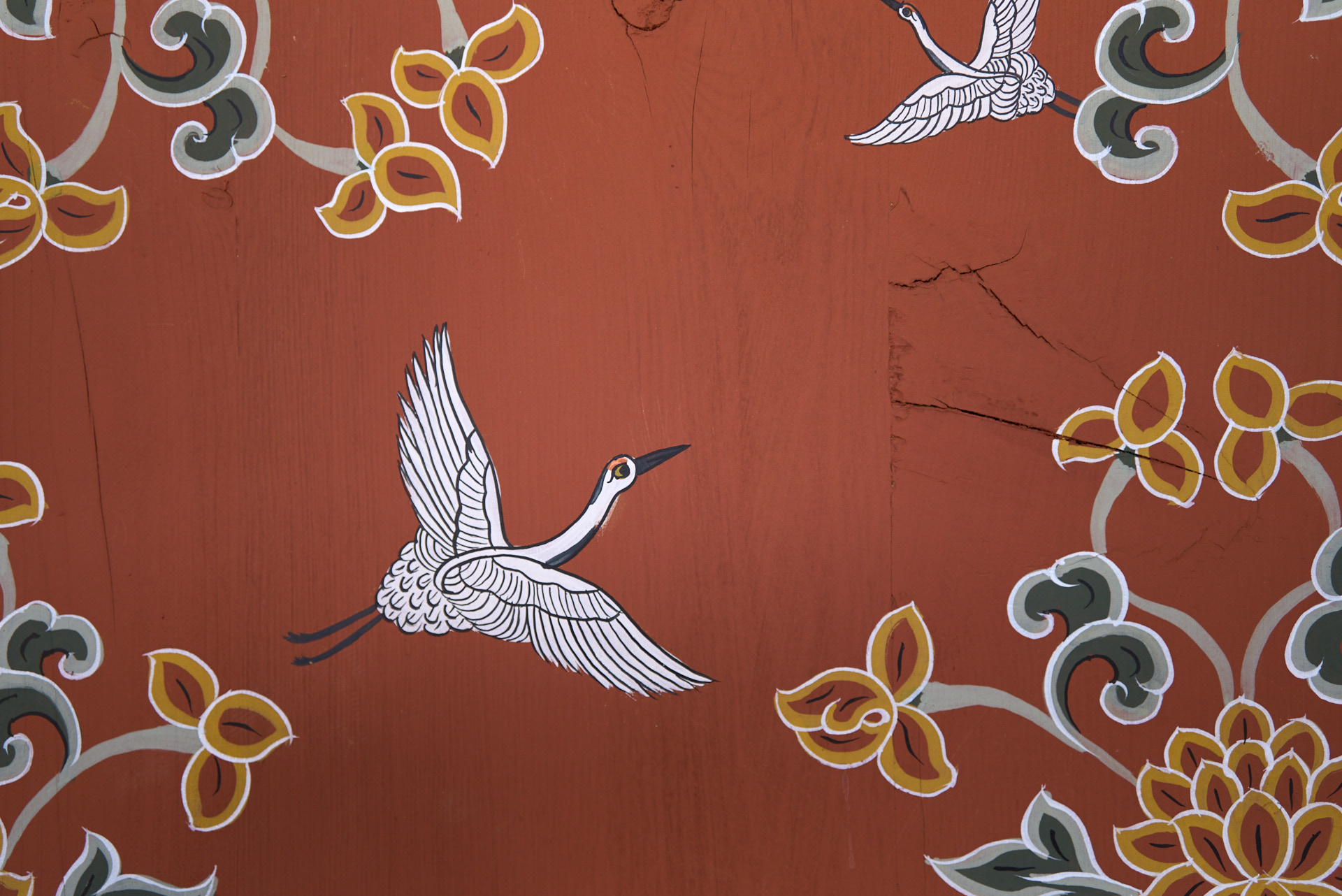
Welcome to two weeks in Bhutan following our gourmet adventures with a private group. This post is sort of like a diary, with a selection of my favourite highlights from each day on the road.
Read More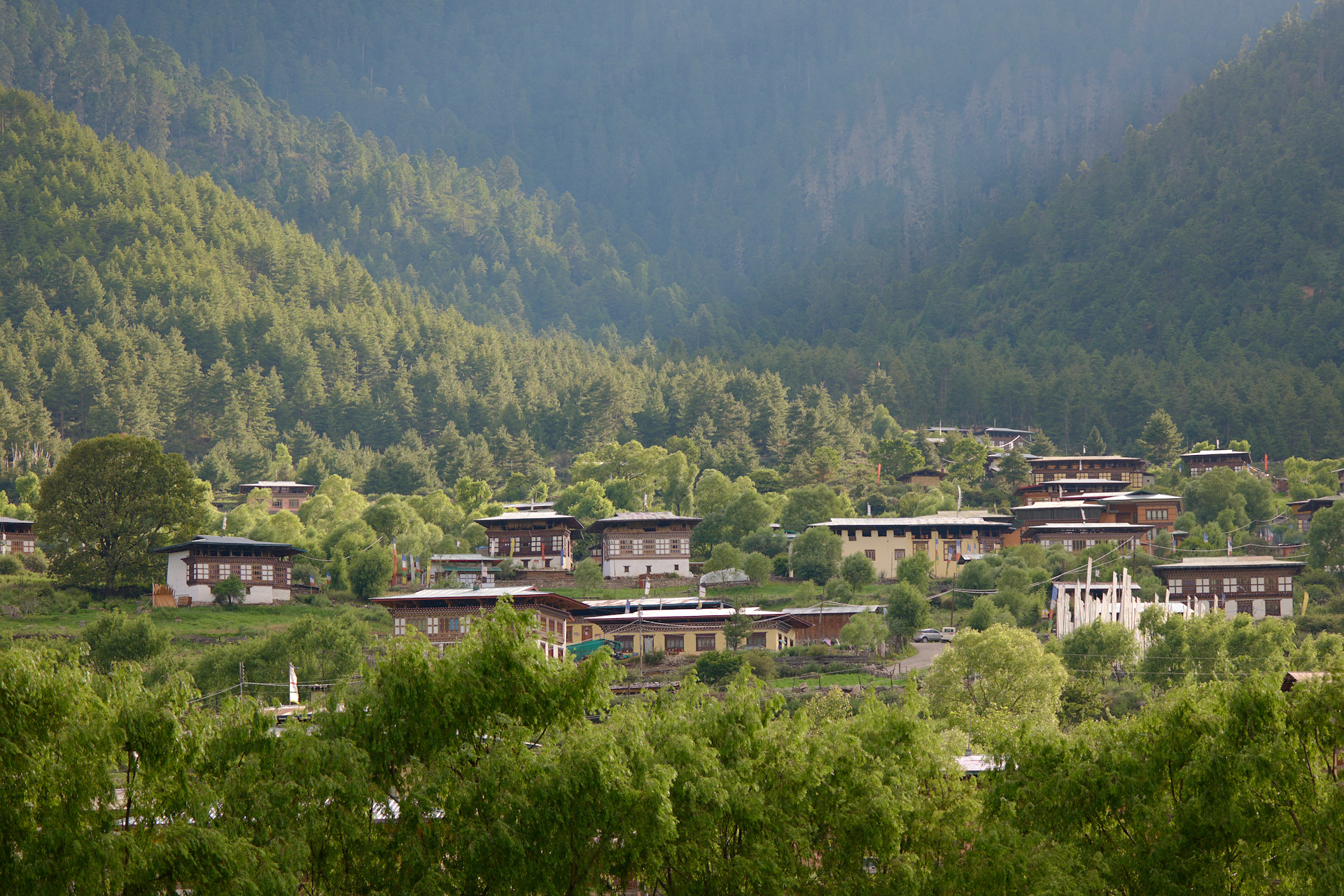
Our trips to Nepal and Bhutan this year are confirmed to run. Which is great news for our local teams in Bhutan and Nepal.
Read More
“It is solved by walking” hints at thousands of years of wisdom yet remains relevant to our modern day lifestyle.
Read More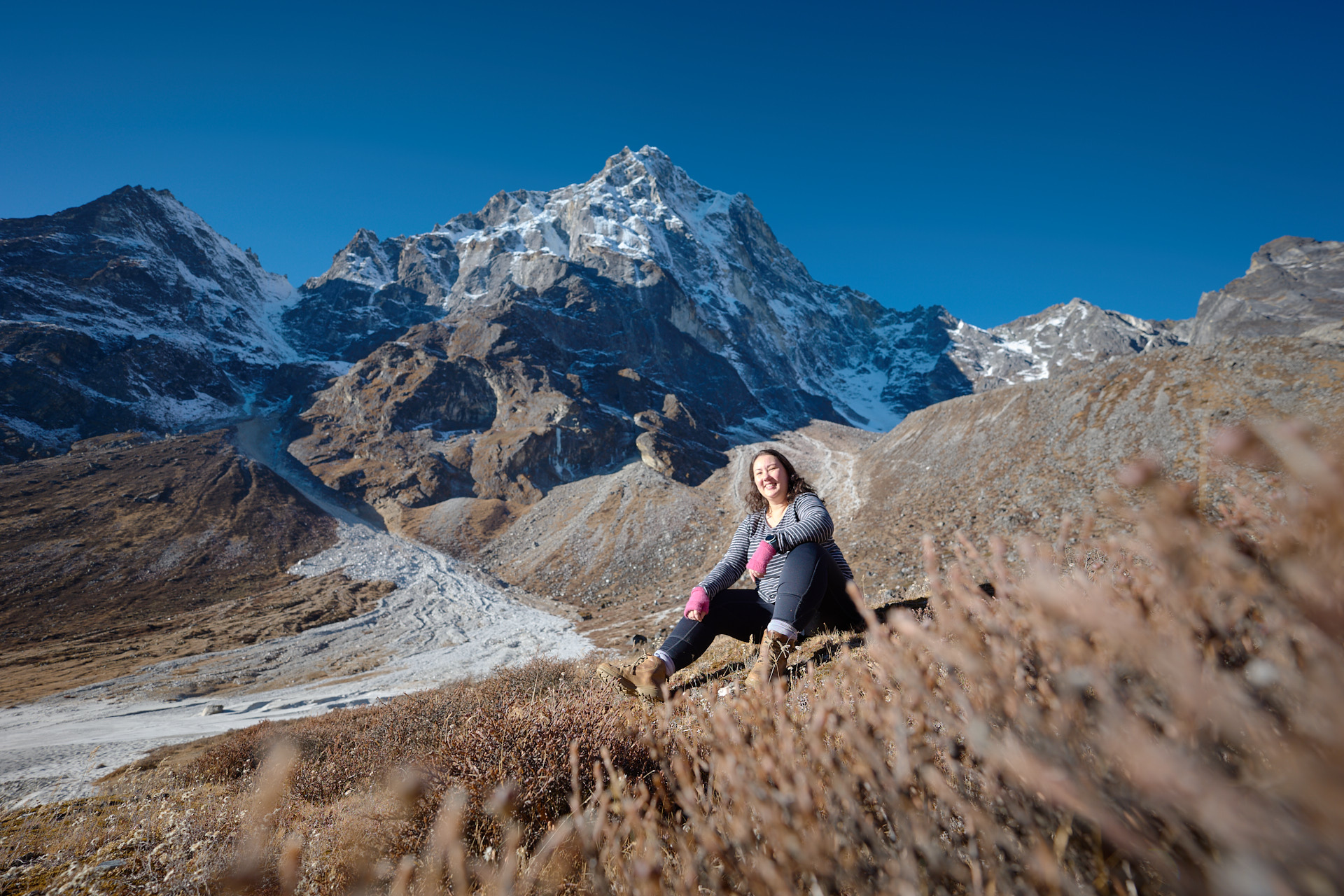
With the rainy season at an end, the clear skies of winter bring stunning light and peaceful moments.
Read More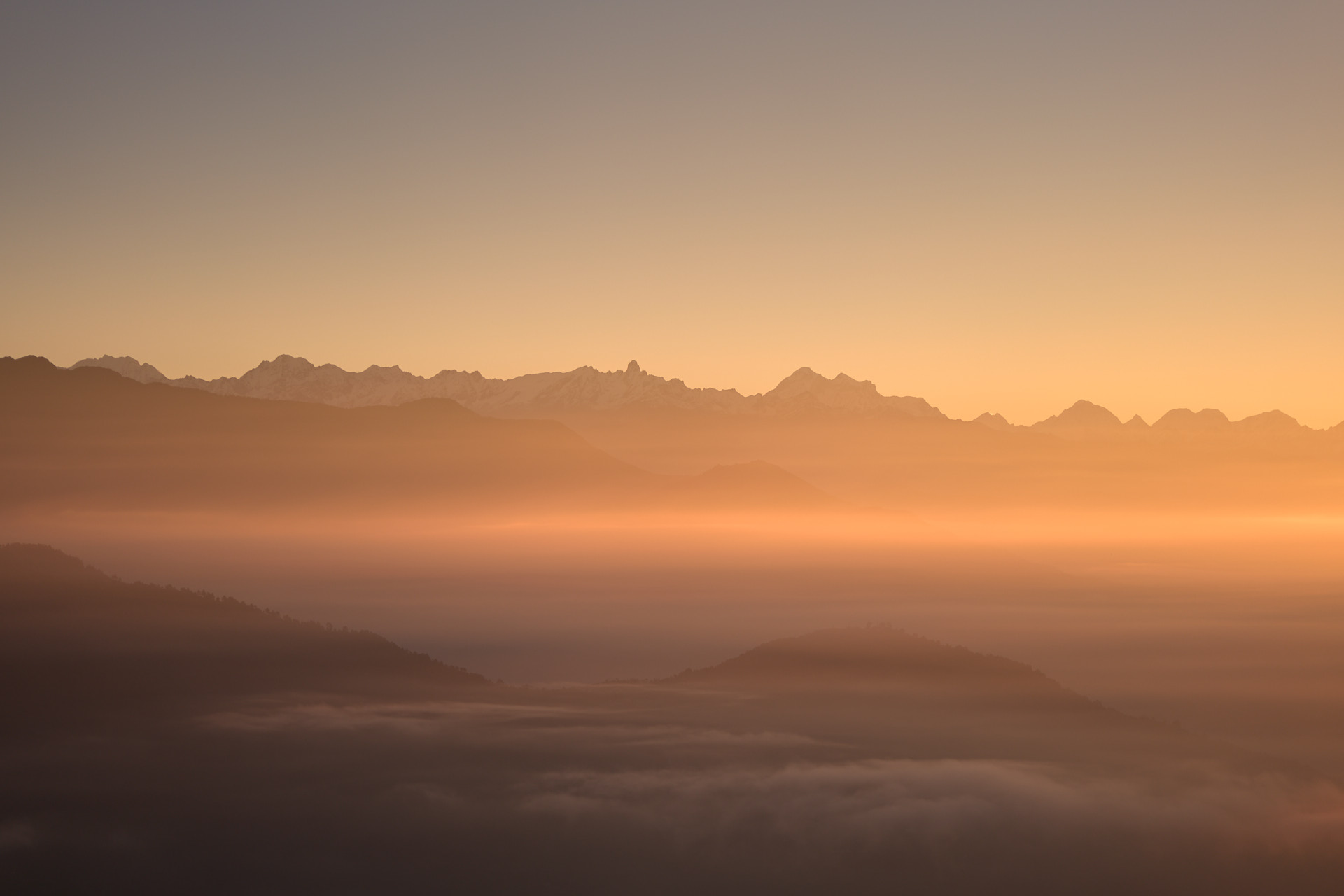
Bhutanese cuisine has always been full of flavour and spice, it's just that travellers rarely get a taste of the real thing. We're changing all that!
Read More
You don't have to trek to see some superb scenery in the Himalayas. In fact, we prefer not to!
Read More